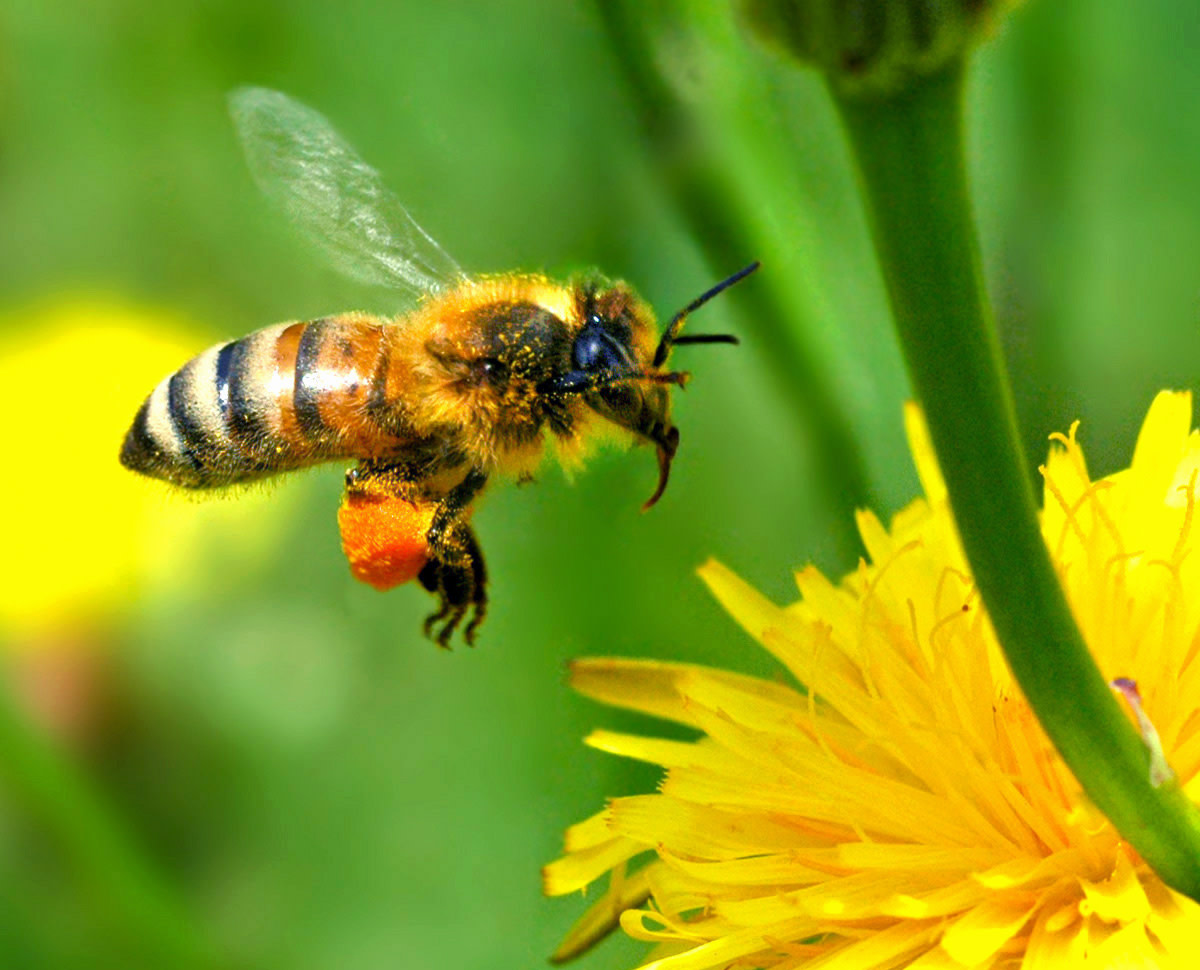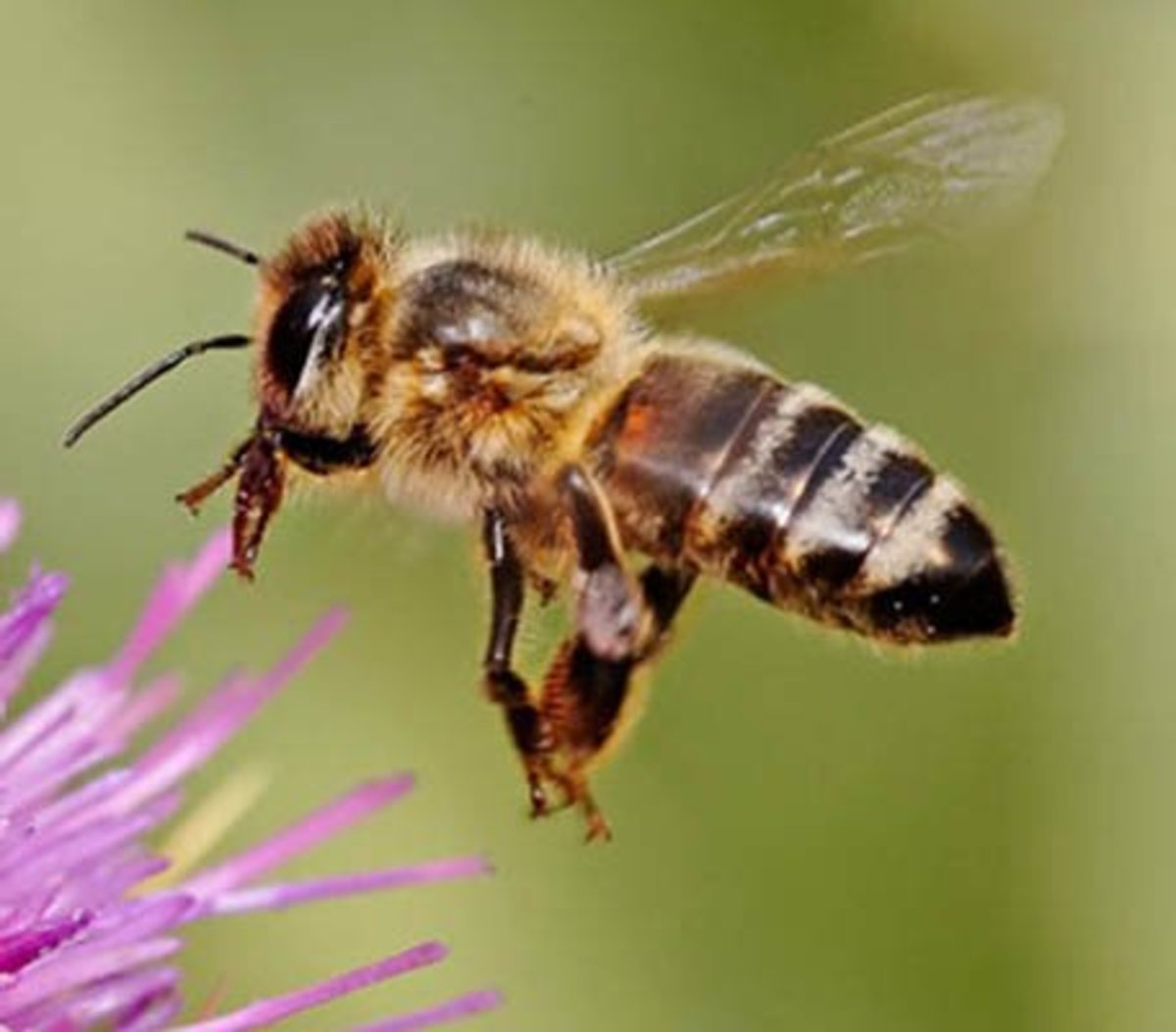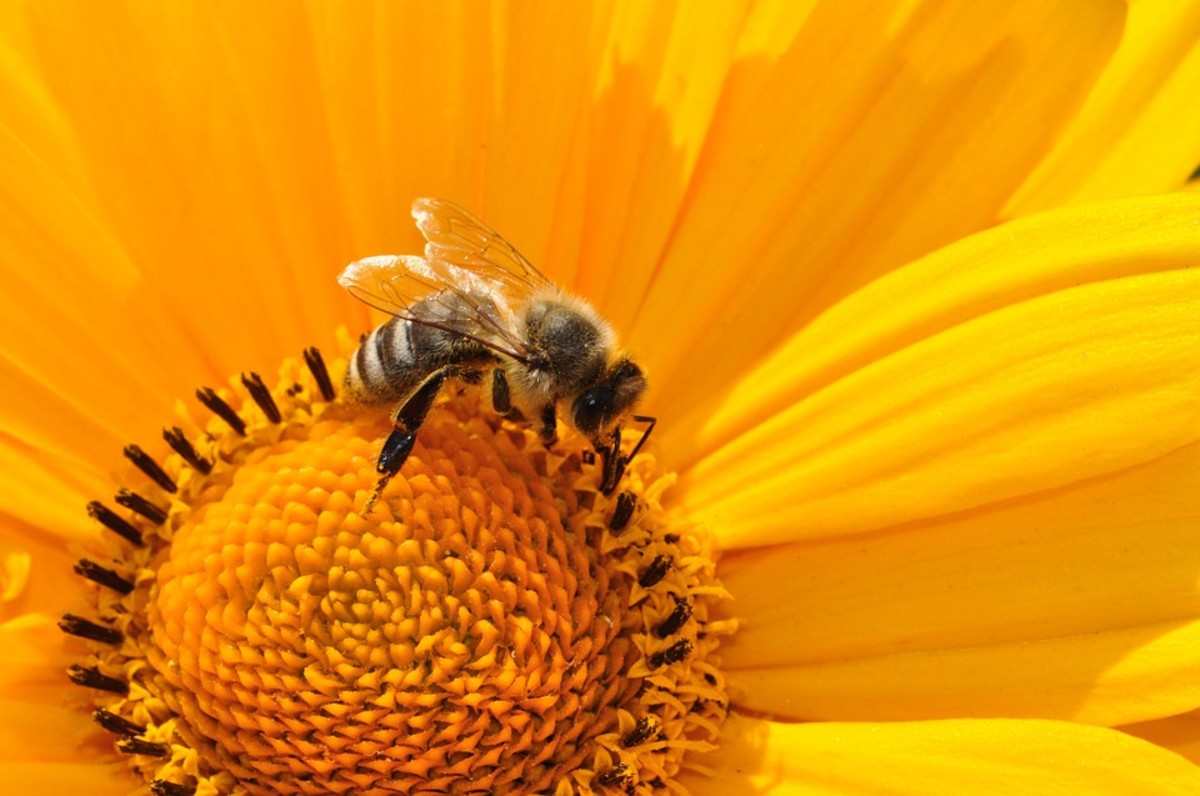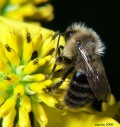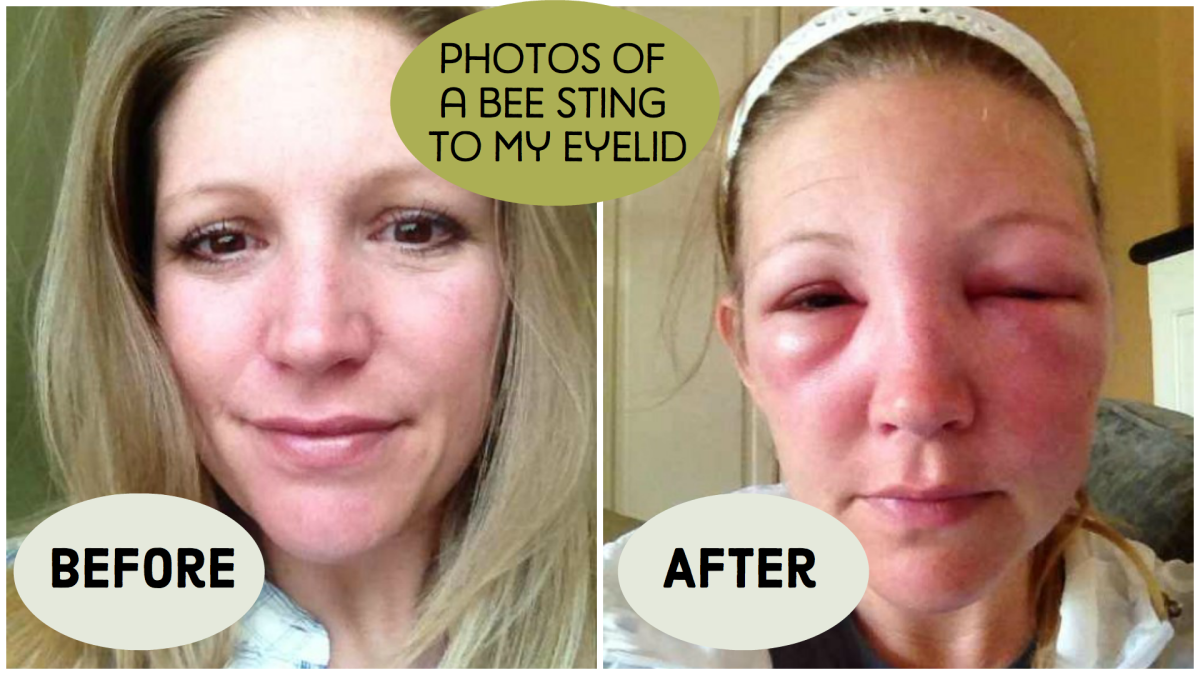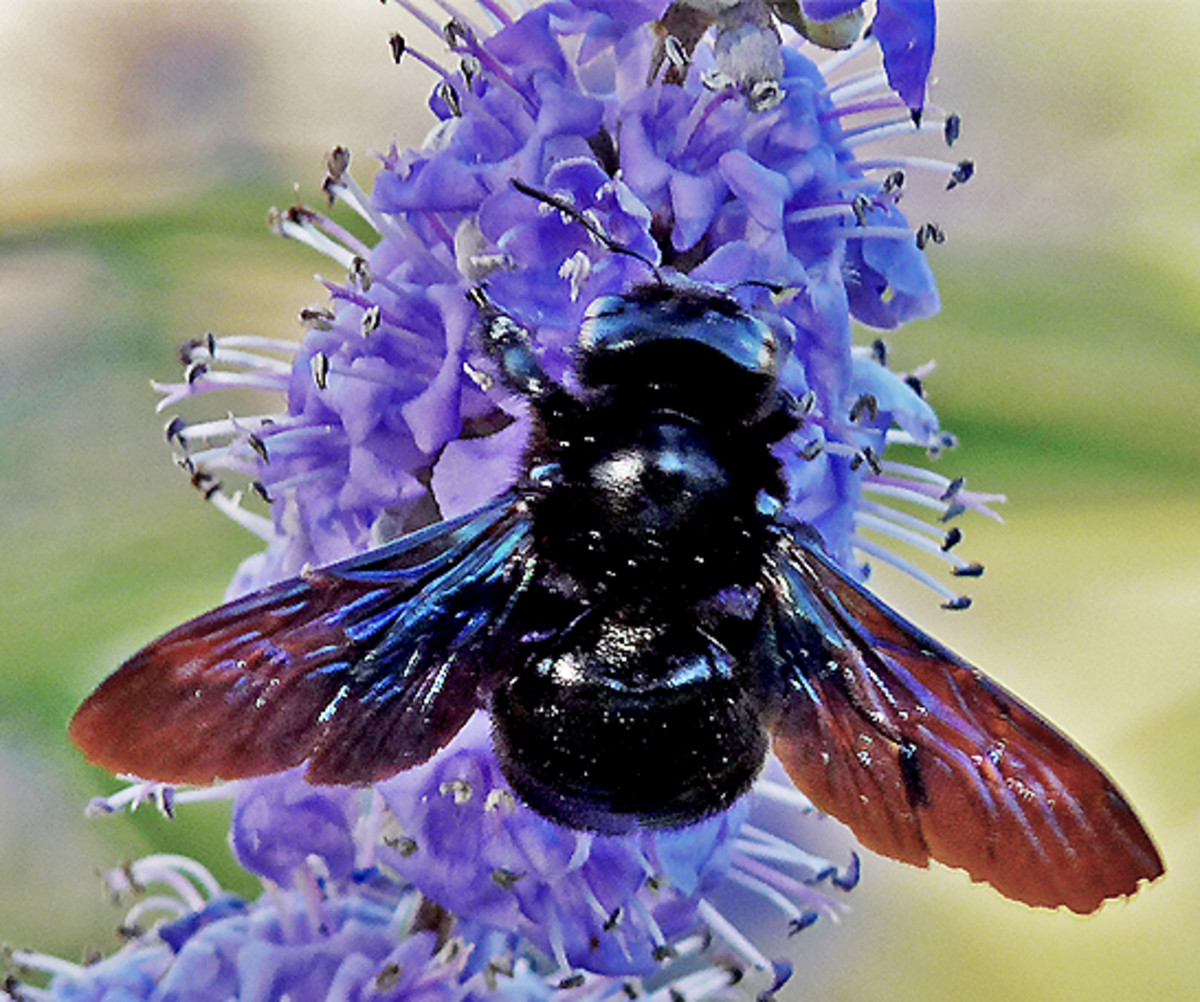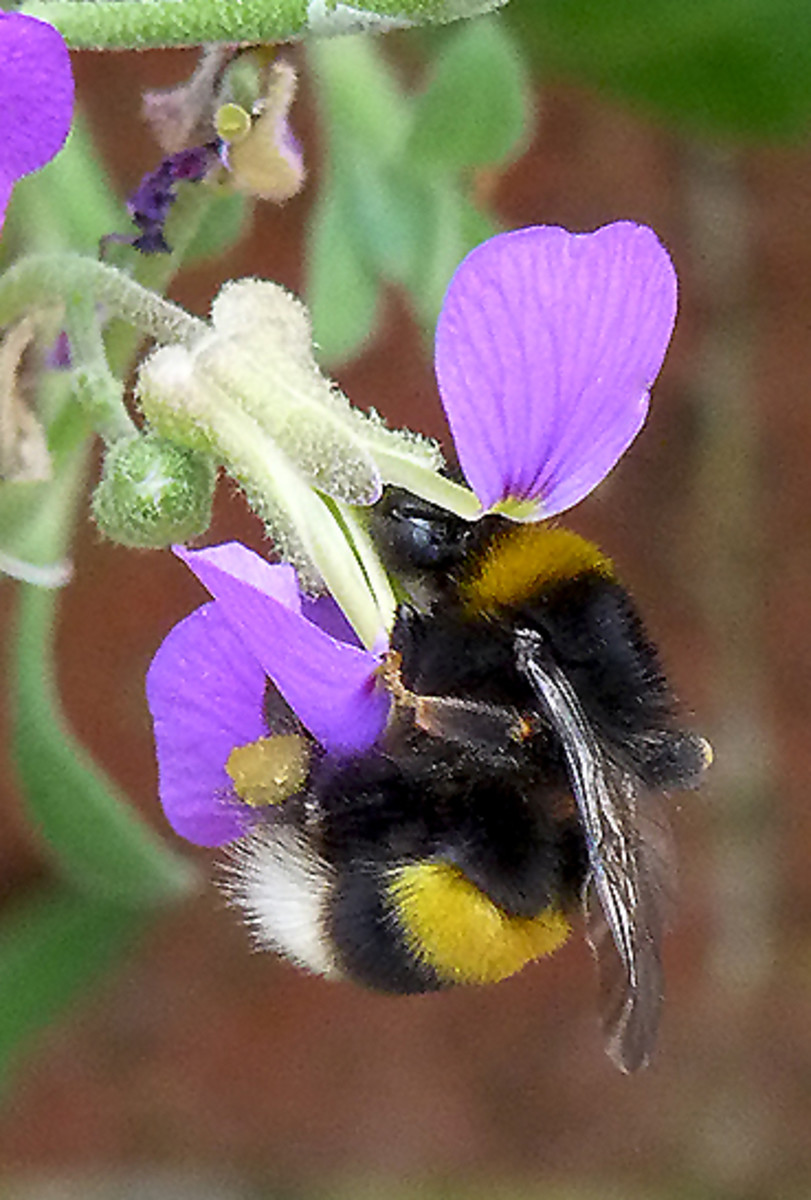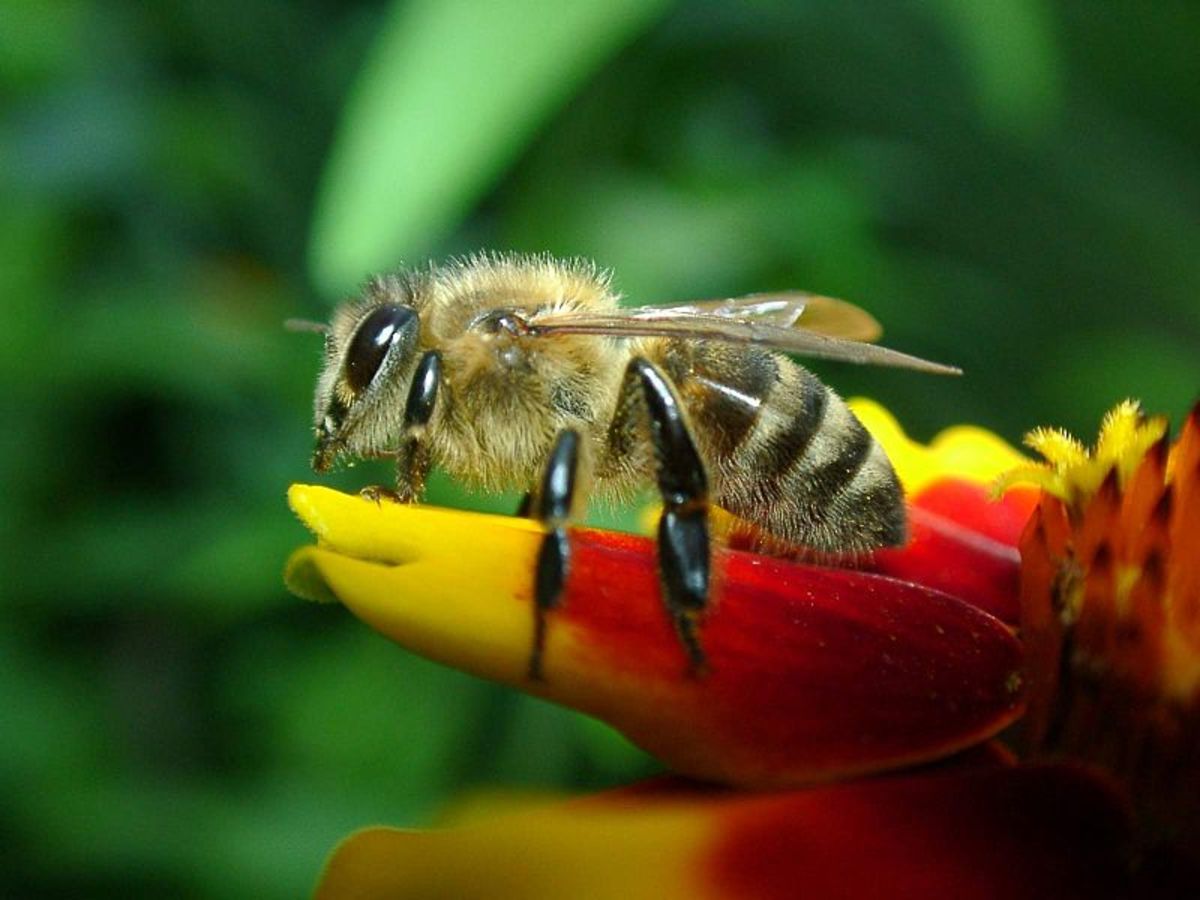How do bees Determine their Fate? Queen Bee vs. Worker Bee
The Background
The few things we know about bees is their striped physical appearance, their ability to make delicious honey and their ability to cross pollinate flowers to allow production of edible food goods.
Bees have evolved to consume both nectar and pollen. Nectar is critical as an energy source while pollen contains important nutrients for the growth and survival of bees. Honey is the most praise product made by bees. But, did you know bees also made royal jelly, propolis, and beeswax. Royal jelly is the secretion of worker bees to feed larvae during their growth. Propolis is a resinous product that is composed of beeswax, saliva and botanical sources (i.e, tree sap). It's used as a sealant or a special type of glue which is useful in the building and up-keeping of a beehive.
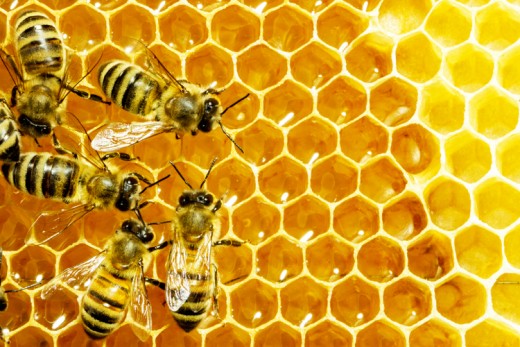
"If the bee disappeared off the face of the earth, man would only have four years left to live."
— Maurice MaeterlinckLife Cycle
A life cycle of a bee begins with the laying of the egg. The larvae then goes through several stages of moulting, followed by pupation, complete metamorphosis, and finally, the emergence of a winged adult.
For solidarity bees, the larvae are laid with a supply of pollen and nectar nearby. It could be rolled us as a supply per cell, or nearby in a pile in a phenomenon known as mass provisioning. At the larvae stage, the bees have no legs but a functioning digestive system including horns and a mouth.
Relationship with Flowers
The majority of bees aren't picky. They're polylectic. That means they can collect pollen from many different flowers. There are some specialists out there, though, and they're called oligoleges. This is important in the survival of many specialized plants as many bees that are threatened result in the threatened survival of those plants.
How do bees find the flowers they need to pollinate? Karl von Frisch, an ethologist, was able to show that bees communicate through something called the "waggle dance". Bees are able to take in consideration the polarization of the sky, the sun and the Earth's magnetic field. This allows worker bees to communicate to their workers where the location of the food source is. Bees navigate using their rich spatial memory. This is uniquely amazing as they have their locality completed mapped in their memory.
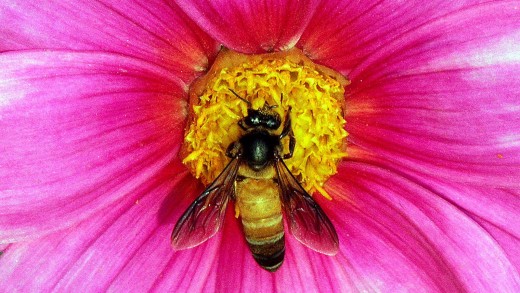
The New News
Previously, bees have been thought to mature into either worker or queen bees depending on their diet. Though, this is likely to still be true, a recent article published in Science magazine suggests the truth may be slightly more detailed than previously expected. In the past, royal jelly being fed exclusively to to-be-queens was thought to determine the status of larvae.
Now, research has determined it may be more likely a suppression in the food source fed to worker bees that stop their development into queen bees. The mixture is a combination of pollen and honey called "beebread". This beebread is infused with a special kind of RNA (ribonucleic acid; the molecule important for the production of proteins from our genetic material). This RNA is called miRNA, which is not protein coding, but has many other cell regulation properties. This is the molecule that is thought to suppress the sexual development of worker bees.
The result of being fed "beebread?"
The miRNA in the food source slows down development of worker bees. They grow into mature adults with smaller bodies and gonads than their counterparts that have not been fed with the injection.
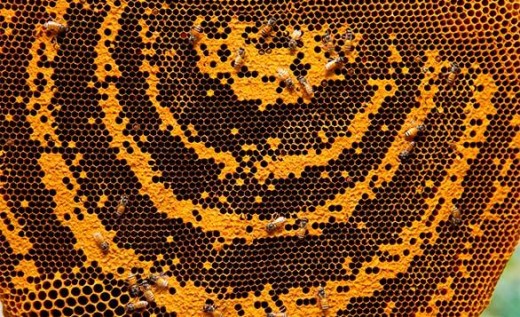
Future
Lately, bees have been in a threatened state and are finally coming back. You can do your part buy planting flowers in your backyard to ensure the survival of one of the most keystone animals in the planet.

